If you’ve ever made sushi at home or explored Japanese cuisine, you’ve probably come across rice vinegar. But did you know that Japanese vinegar comes in many forms, each with unique flavors, purposes, and health benefits? From sushi rice seasoning to refreshing cucumber salads and savory dressings, Japanese vinegar is more than just a sour condiment—it’s an essential part of washoku, the traditional Japanese culinary culture.
In this guide, we’ll introduce you to the fascinating world of Japanese vinegar. Whether you’re a food enthusiast, a professional chef, or someone planning a culinary trip to Japan, this comprehensive article will help you understand what sets Japanese vinegar apart—and how to use it to elevate your cooking.
Let’s dive in!
What Is Japanese Vinegar?
Japanese vinegar is a staple of Washoku (traditional Japanese cuisine), known for its delicate acidity and ability to enhance umami. Unlike the sharp and pungent white vinegar common in Western kitchens, Japanese vinegar tends to be milder, with subtle sweetness and depth that bring out the natural flavors of ingredients.
It is typically brewed from rice, grains, or fruits using natural fermentation methods. Its use dates back over 1,000 years in Japan, where it has been integral to food preservation, flavoring, and even health practices.
Types of Japanese Vinegar – Basic Varieties
Rice Vinegar (Komezu)
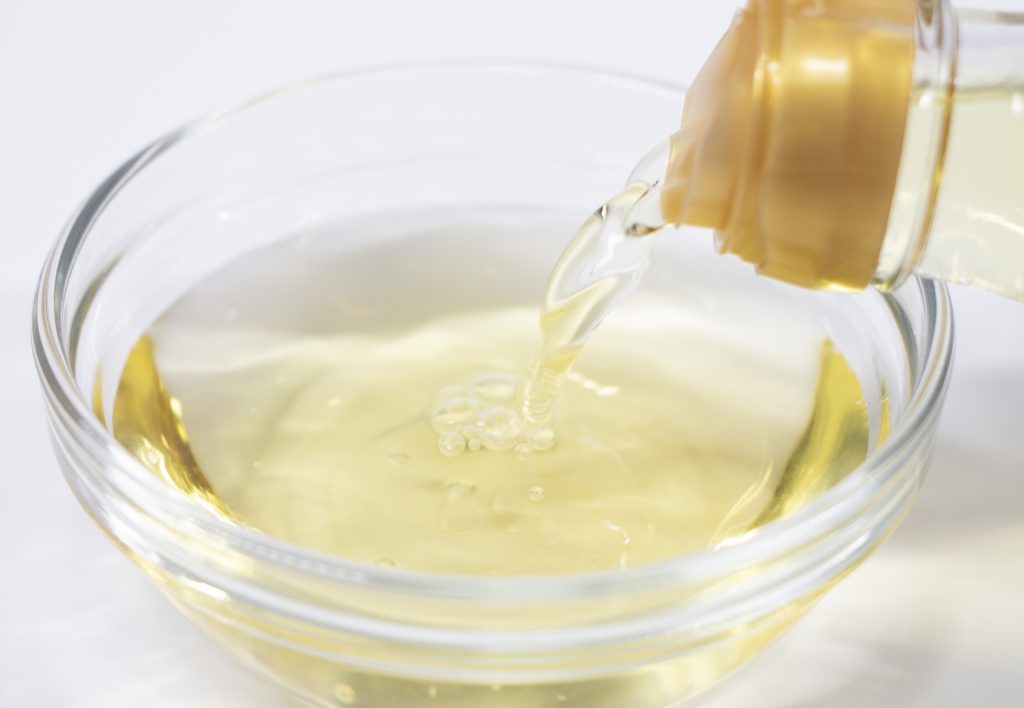
Rice vinegar, or komezu, is the most traditional and widely used vinegar in Japanese cuisine. Made from fermented rice, it has a mild acidity and a slightly sweet undertone, which distinguishes it from the sharper Western vinegars like white or wine vinegar.
Komezu plays an essential role in dishes that require subtlety, such as sushi rice, pickles, and dipping sauces. It also serves as a base for seasoned vinegars like sushi-zu and sanbai-zu.
Popular uses:
- Seasoning sushi rice for nigiri and rolls
- Making quick pickles (tsukemono)
- Blending into dressings or dipping sauces for dumplings
Black Vinegar (Kurozu)
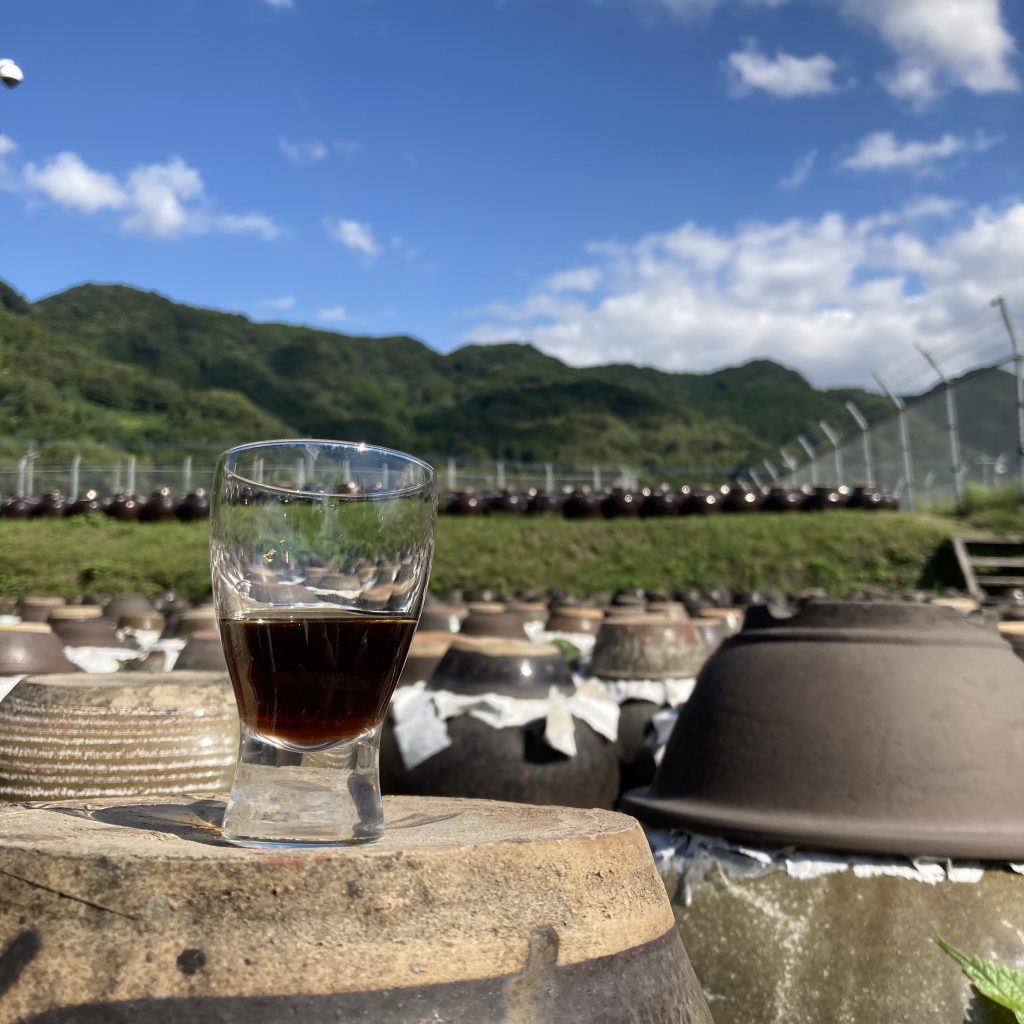
Black vinegar, known as kurozu, is a dark, aged vinegar made from brown rice. It is fermented longer than other vinegars, often aged in甕 (aging pot) for up to a year or more, giving it a deep, complex flavor and rich aroma. Kurozu is often compared to balsamic vinegar, but with a distinctly earthy Japanese profile.
In Japanese cuisine, kurozu is valued not only for its taste but also for its use in wellness drinks and health-conscious recipes.
Popular uses:
- Stir-fry sauces and glazes for meat or tofu
- Health tonics mixed with honey and water
- Dressings for hearty grain or vegetable salads
Grain Vinegar (Kokumotsu-su)
Grain vinegar, or kokumotsu-su, is made from a blend of fermented grains such as wheat, corn, or rice. It is one of the most used vinegars in commercial Japanese cooking due to its affordability and consistent flavor.
While kokumotsu-su has a stronger acidity than komezu, it remains a staple in Japanese households and restaurants, especially for pickling and mass-produced sauces.
Popular uses:
- Base for sauces like ponzu or tare
- Mass-produced sushi rice seasoning
- Pickling vegetables for bento or izakaya dishes
Fruit vinegar(Kajitsu-su)
Fruit vinegar, known as kajitsu-su in Japanese, is a type of vinegar made by fermenting fruits such as grapes, berries, citrus, or tropical fruits. Unlike traditional rice vinegar, kajitsu-su has a naturally sweet and tangy flavor that makes it especially popular in drinks and dressings.
In Japan, fruit vinegars are often diluted with water or soda and enjoyed as a refreshing health drink. Some blends also include honey or herbs, marketed for their supposed wellness properties.
Popular uses:
- As a base for salad dressings
- Mixed into sparkling water as a healthy soda alternative
- In marinades for meats and seafood
Apple cider vinegar(Ringo-su)
Apple cider vinegar, called ringo-su in Japanese, is made from fermented apple juice. Although it’s not originally Japanese, it has gained significant popularity in Japanese households due to its versatile uses and perceived health benefits.
Ringo-su has a mild acidity compared to Western apple cider vinegar, often making it more palatable. It’s used in both Western and Japanese cooking, as well as in wellness drinks.
Popular uses:
- Mixed with honey and water as a morning tonic
- In sauces and dressings
- As a preservative in homemade pickles
Types of Japanese Vinegar – Seasoned Varieties
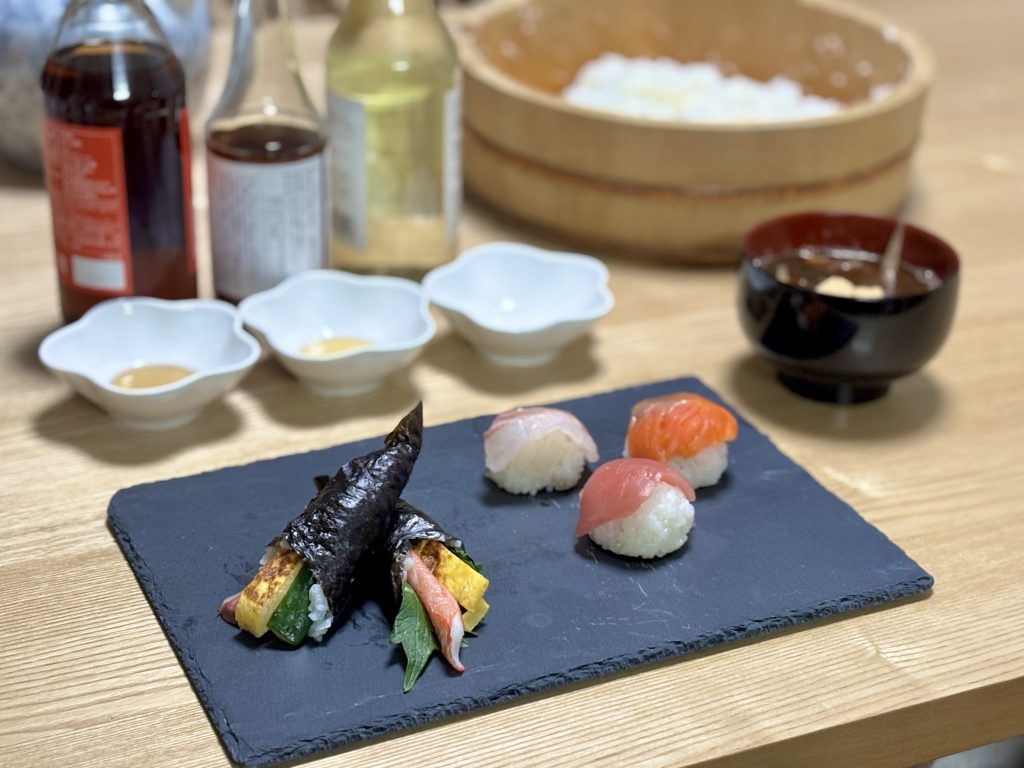
Sushi Vinegar (Sushi-zu)
Sushi vinegar, or sushi-zu, is a pre-seasoned blend of rice vinegar, sugar, and salt used specifically to season sushi rice. While it can be made from scratch using komezu, many households and restaurants in Japan use bottled sushi-zu for convenience.
The sweet-savory balance of sushi-zu enhances the flavor of sushi without overpowering the delicate taste of fish or vegetables. It’s essential for achieving the signature taste and texture of proper sushi rice.
Popular uses:
- Seasoning rice for sushi rolls, chirashi-zushi, or inari-zushi
- Lightly marinating vegetables or seafood
- Adding a finishing touch to grain bowls and salads
Sanbai vinegar (Sanbai-zu)
Sanbai-zu is a seasoned vinegar commonly used in Japanese cuisine, especially for sunomono (vinegared dishes) and marinades. The name sanbai literally means “three parts,” referring to its typical ratio of vinegar, soy sauce, and mirin (or sugar).
The balanced sweet and sour profile makes it ideal for enhancing the flavors of vegetables, seafood, and tofu.
Popular uses:
- Dressing for cucumber salad (kyuri no sunomono)
- Sauce for octopus or seaweed dishes
- Marinade for grilled fish
Japanese pickled scallions vinegar (Rakkyo-zu)
Rakkyo-zu is a vinegar specifically formulated for pickling rakkyo, or Japanese scallions. This type of vinegar typically contains sugar, salt, and occasionally chili or kelp to give depth to the pickling liquid.
Rakkyo pickles are often served as a condiment with Japanese curry and are valued for their crunchy texture and slightly sweet-sour flavor.
Popular uses:
- Pickling rakkyo (Japanese scallions)
- As a topping for Japanese curry rice
- Side dish for bento or set meals
Japanese Rice Vinegar vs. White Vinegar
While both are clear vinegars, Japanese rice vinegar is much milder and slightly sweet, making it ideal for delicate dishes. In contrast, white vinegar is stronger and more acidic, which can overpower subtle Japanese flavors.
If you’re looking for a rice vinegar alternative, apple cider vinegar or white wine vinegar can work in a pinch, but they lack the umami and balance of rice vinegar. Always adjust sugar and salt accordingly.
How to Use Japanese Vinegar in Everyday Cooking
- Sushi Rice: Mixed with sugar and salt to flavor the rice.
- Tsukemono (Pickles): Used in making traditional Japanese pickled vegetables.
- Sunomono (Vinegared Dishes): Light, refreshing side dishes made with cucumbers, seaweed, or seafood.
- Dipping Sauces: Combined with soy sauce or ponzu for gyoza or tempura.
- Marinades and Dressings: Used to tenderize meats or enhance vegetable salads.
Health Benefits of Japanese Vinegar
Japanese vinegar has traditionally been consumed not just for flavor but also for its perceived health benefits. While we avoid making specific medical claims, here are some of the commonly accepted roles it may play in wellness:
- Aids digestion: Its mild acidity may help stimulate appetite and digestion.
- Rich in amino acids: Especially true for kurozu, which is aged and fermented longer.
- Popular in health-conscious diets: Many people in Japan drink diluted black vinegar for general wellness support.
Japanese Vinegar Drink: The Wellness Trend You Need to Know
Japanese “drinking vinegars” are a growing trend. Mixed with water, soda, or juice, these drinks use fruit or black vinegar and are thought to enhance metabolism and energy. However, some vinegar drinks contain a lot of sugar and other carbohydrates and are no different from juice, so please check before purchasing.
Choosing High-Quality Japanese Vinegar
Look for:
- “Naturally brewed” or “fermented”
- No artificial flavors or colors
- Short ingredient lists
Rice vinegar sold in mass retailers like Publix may differ in quality or flavor from artisanal versions.
Storage and Shelf Life of Rice Vinegar
Unopened, rice vinegar lasts 1-2 years. After opening:
- Store in a cool, dark place
- Refrigeration extends freshness
- Check for cloudiness or off-smell (though spoilage is rare)
Traditional vs. Mass-Produced Vinegars
Mass-produced vinegars often contain synthetic flavorings and shortcuts in fermentation. Traditional vinegars are crafted with care, using time-honored methods and simple ingredients, offering deeper flavor and better nutritional value.
Why the Order of Seasoning Matters in Washoku
Japanese cooking follows “Sa Shi Su Se So”:
- Sa (Sato – Sugar)
- Shi (Shio – Salt)
- Su (Su – Vinegar)
- Se (Shoyu – Soy Sauce)
- So (Miso)
Why vinegar third? Adding it after sugar and salt prevents overpowering sweetness or saltiness, helping balance flavors.
For more details, please see the following article.
Cooking Tips
Try using Japanese vinegar in the following ways:
- Mix sushi vinegar with warm rice for quick sushi bowls.
- Make a refreshing cucumber sunomono with rice vinegar, sugar, and salt.
- Use black vinegar as a glaze for grilled meats or tofu.
Experience Washoku in Real Life
Want to master traditional Japanese vinegar cooking? Join a cooking class or an authentic fermentation tour in Japan. Learn the traditions of vinegar seasoning and take your skills to the next level. Sign up for our newsletter for an authentic Japanese food experience.
FAQs About Japanese Vinegar
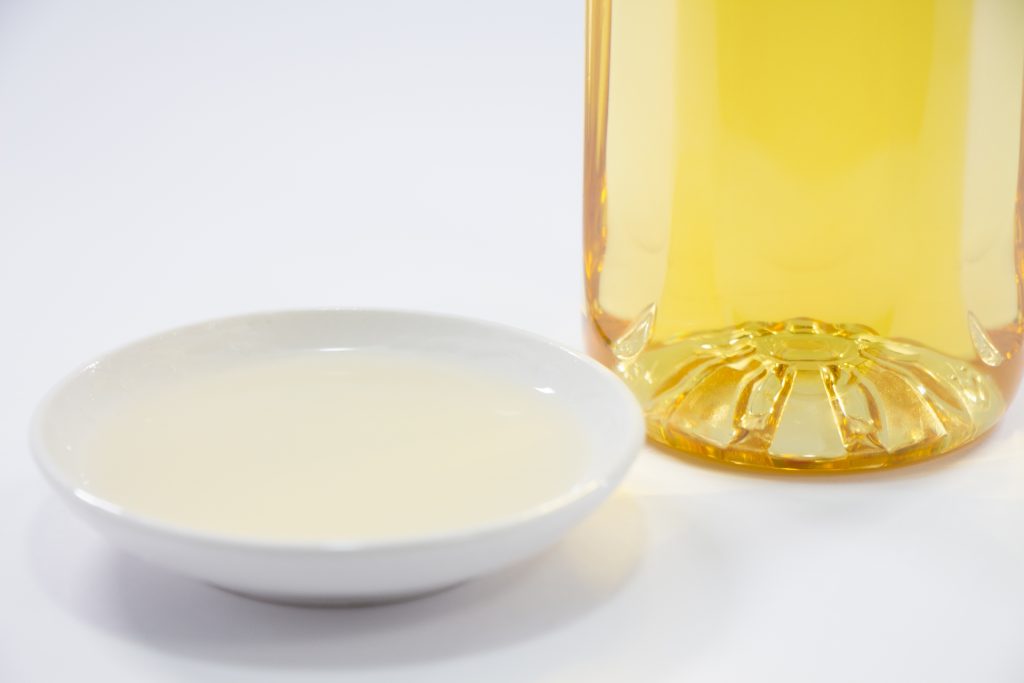
Is Japanese vinegar the same as rice vinegar?
No, because the most used vinegar in Japan is grain vinegar. Grain vinegar is cheap and available because it is mass-produced by machine. Rice vinegar is made by machine or by hand by manufacturers. If you want rice vinegar, you need to call it rice vinegar.
Can I substitute white vinegar for rice vinegar?
Technically yes, but it will alter the flavor profile significantly. Rice vinegar is much gentler, so substitutions may not capture the intended taste. Reduce the amount and balance with sugar to mimic the milder flavor.
Is Japanese vinegar gluten-free?
Most rice vinegars are naturally gluten-free, but grain vinegars may not be. Always check the label if you have dietary restrictions.
Is there a rice vinegar alternative?
Apple cider vinegar or white wine vinegar are the closest, but adjust the flavor balance carefully.
A Splash of Umami: Discovering the Flavor Magic of Japanese Vinegar
From sushi to salad, Japanese vinegar quietly transforms your meals. It’s not just an ingredient—it’s a cultural treasure. Explore, taste, and cook with Japanese vinegar, and step deeper into the heart of Washoku. Want more tips and authentic recipes? Join our newsletter and start your Washoku journey today.
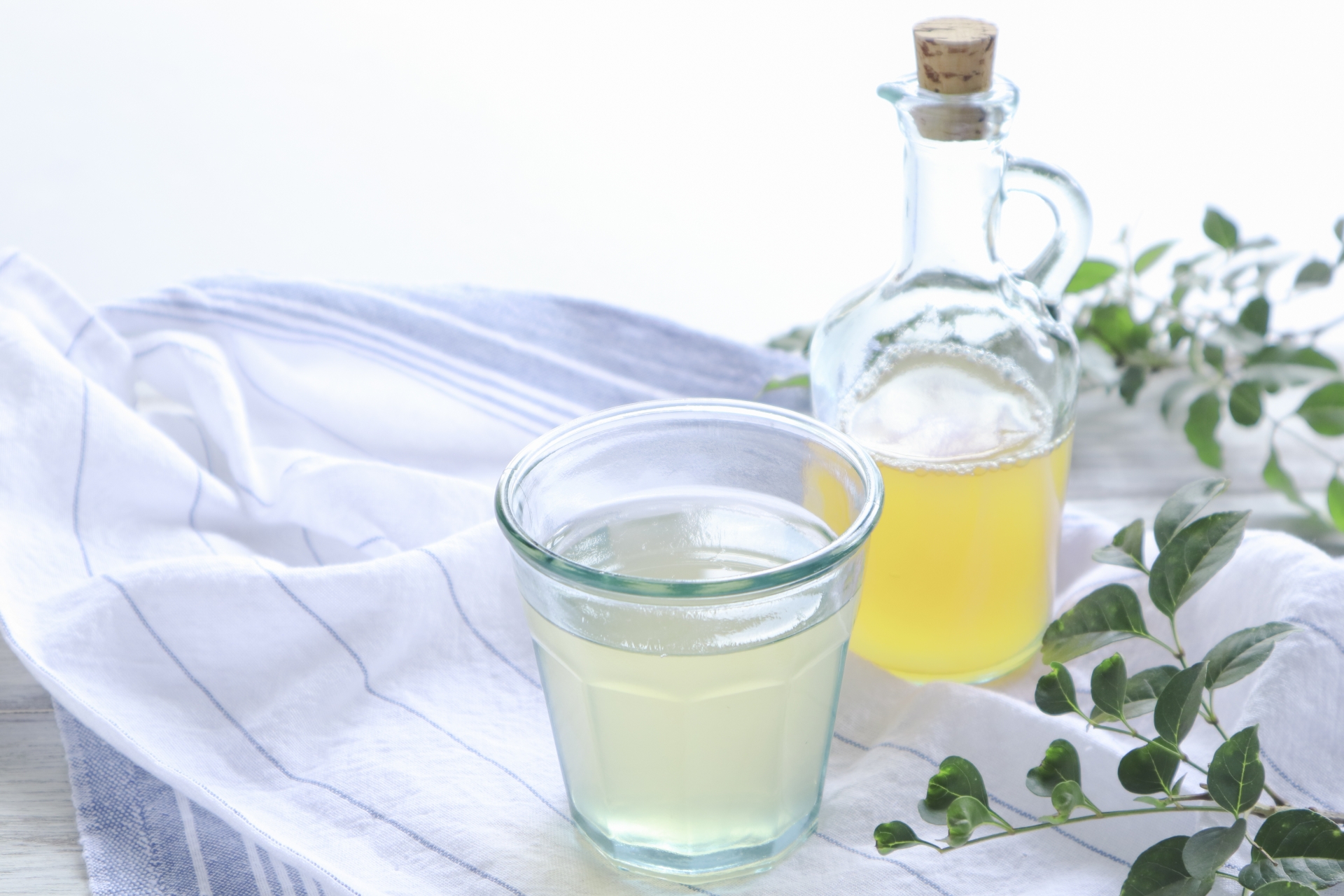
No responses yet